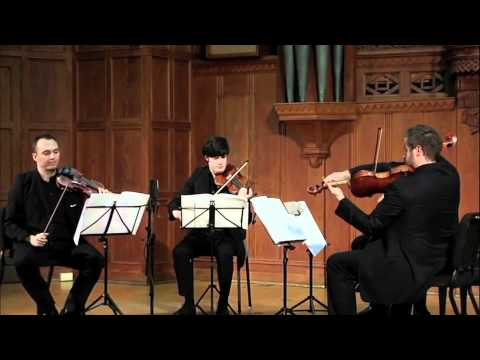Spotlight on the League of American Orchestras: How the League Benefits Symphonic Musicians
My first association with the League of American Orchestras was back in 1977, when I attended a conducting workshop (as a violist in the orchestra) run by the League (then known as the American Symphony Orchestra League or ASOL) in Orkney Springs, Virginia. Richard Lert was the principal conducting teacher; at 94 he was an amazing link between 20th century conducting styles and those of the Romantics such as Arthur Nikisch. Indeed, Maestro Lert was Brahms’ godchild. Lawrence Leighton Smith assisted Maestro Lert during the workshop.
The workshop was held at a “hotel” that had been a hospital during the Civil War, and we all joked that there were no right angles to be found. I returned the next summer as well, and got to know Cathy French, later to become President and CEO of the League, and Charlie Thompson, a horn player and son of Helen Thompson, who was the League’s first Executive Director. He told me that his mother had intentionally named the organization ‘American Symphony Orchestra League – ASOL’ instead of ‘Symphony Orchestra League of America – SOLA’ “to keep them honest!”
In the intervening years, I have frequently attended League conferences when the conference was in a city where I had a friend to stay with. (Registration at League conferences is free for musicians who play in member orchestras.) When I became involved in ROPA (Regional Orchestra Players’ Conference) in the late 1980s, I was quite surprised to learn of the enmity in which the League was/is held by so many symphonic musicians. Rather than a service organization for orchestras of all sizes, ASOL was seen as a management organization, training managers in anti-union tactics. It was a common belief back then that managers went to the annual ASOL conference to get their “marching orders” as they headed for the negotiating table.
During Cathy French’s tenure as President, musicians were invited to serve on the League Board in 1983; Fred Zenone, former ICSOM chair, was the first musician Board member of the League. The relationship between musicians and the League really began to change in the 1990s, when musicians were invited to attend Conference at no charge. Chuck Olton became the League’s President in 1997; coming from an academic background, Chuck was determined to end, or at least lessen, the animosity between musicians and the League. I met him at a ROPA conference when I was ROPA VP; he attended the ICSOM conference that same year. Later, Henry Fogel invited ICSOM and ROPA to have a more formal liaison with the League, but his invitation was declined.
Since my early involvement, the League has changed its name in an effort to rid itself of its unfortunate acronym, has created a musician track at Conference, and has six musician board members (current symphonic members: Gloria DiPasquale – Philadelphia Orchestra; Robert Levine – Milwaukee Symphony; Robert Wagner – New Jersey Symphony; and Tina Ward – St. Louis Symphony, plus Jennifer Higdon, composer, and David Alan Miller, conductor).
But I am saddened and puzzled when I still hear colleagues blaming “ASOL” for a difficult negotiation. It is certainly true that the League’s Conference provides an opportunity for managers of similar-sized orchestras to meet in private – indeed a large part of Conference is the constituent meetings: Executive Directors, Development Directors, Marketing Directors, Operations Directors, Artistic Directors, Board Members, Volunteers, Musicians, etc. The League enables these conversations to happen, but they certainly do not dictate what is said during these meetings.
I interviewed the senior staff at the League just before the June Conference, and asked each to describe how his/her office benefits symphonic musicians. I thought I was pretty conversant with what goes on at the League, but I was impressed by the breadth of their activities on behalf of professional musicians.
Read More










No comments yet.
Add your comment